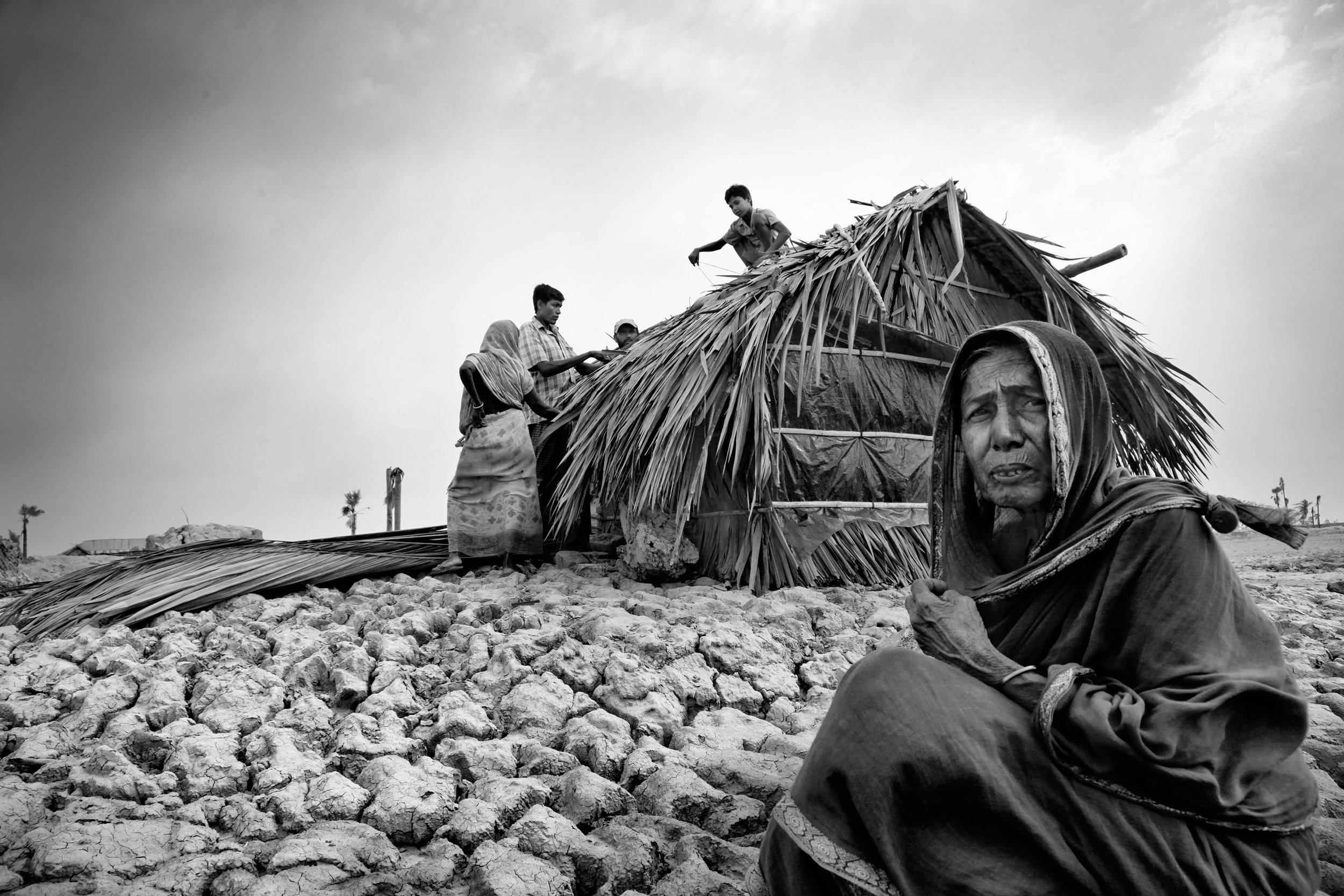Salt
Global warming, driven by human activities, is having a profound impact on the world's climate. While its effects are felt globally, certain countries are more vulnerable to its consequences due to their geographical location and environmental conditions. Bangladesh, the world's largest delta, is one such nation that bears the brunt of global warming. This article explores how global warming is wreaking havoc on Bangladesh's coastal regions, leading to devastating natural disasters, sea-level rise, and the displacement of vulnerable communities.
One immediate and devastating effect of global warming is the surge in natural disasters such as cyclones and floods. With its vast coastal lowlands, Bangladesh is particularly susceptible to these calamities. Ironically, millions of people in these coastal areas depend on the sea for their livelihoods, making them doubly vulnerable to the impacts of climate change.
Cyclones Sidr (2007) and Aila (2009) serve as grim reminders of the destructive power of these natural disasters. These cyclones ravaged regions, including Satkhira, Barguna, Patuakhali, Khulna, and Bagerhat. Gabura, an area adjacent to the Sundarbans in Satkhira district, stands as a stark example of the devastation caused by climate change. Cyclone Aila, which struck on May 27, 2009, claimed 330 lives and left over 8,208 people missing. The storm wiped away natural resources and homes, leaving one million homeless. An outbreak of deadly diarrhea followed, infecting more than 7,000 people and resulting in four deaths. An estimated 20 million people in Bangladesh were at risk of post-disaster diseases due to Aila, and the damage reached a staggering 552.6 million USD.
As global temperatures continue to rise, so do sea levels and tidal waves, leading to increased salinity in Bangladesh's coastal areas. During the dry season, reduced upstream water flows allow saline water to penetrate up to 240 kilometers inland, affecting agricultural activities and crop yields. Farmers struggle to cultivate various crops yearly, reducing food security and employment opportunities. Additionally, shrimp cultivation exacerbates the problem by trapping seawater in agricultural lands for extended periods.
The Sundarbans, which span Bangladesh and India, serve as a critical buffer against natural disasters in the coastal regions of Bangladesh. However, as agricultural lands dwindle, many are forced deeper into the forest to earn a livelihood, exposing them to the dangers of the Sundarbans, including attacks by Royal Bengal Tigers and kidnappings by pirates.
Fueled by climate change, this chain of events has deprived Bangladesh's coastal communities of their right to a stable and peaceful life. Many have become what we refer to as 'climate refugees,' forced to abandon their homes and seek refuge elsewhere. Some have migrated to nearby cities, crossing the Bangladesh-India border along the Bay of Bengal. This silent climate migration is ongoing, with people uprooted from their homes and livelihoods.
It is always possible to take action. National and international policies must prioritize mitigating the effects of climate change on people's lives. Small countries like Bangladesh require substantial international support to rehabilitate affected communities and protect their coastal resources. Failure to act decisively will inevitably lead to a grim transformation of the human landscape. Hope persists in adversity, but confronting the harsh reality is essential. For those affected by climate change in Bangladesh, 'salt' represents bitterness in their lands and tears. However, with concerted global efforts and a commitment to change, we can work towards a more sustainable and resilient future for Bangladesh's coastal communities.





























